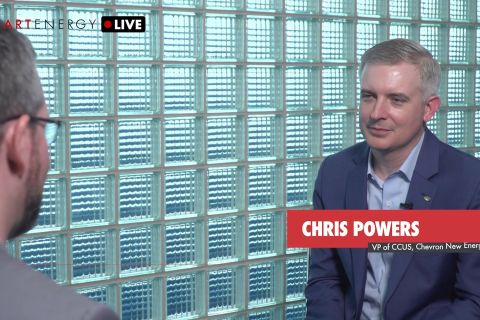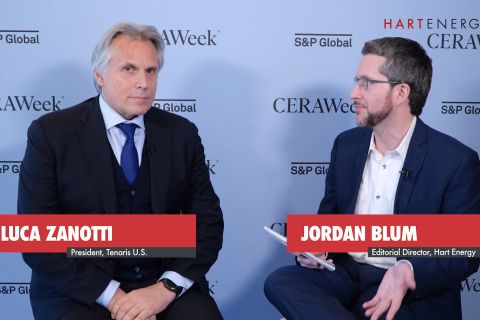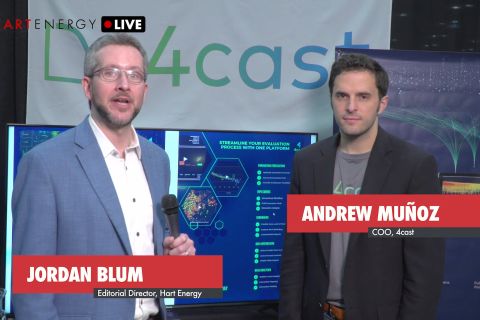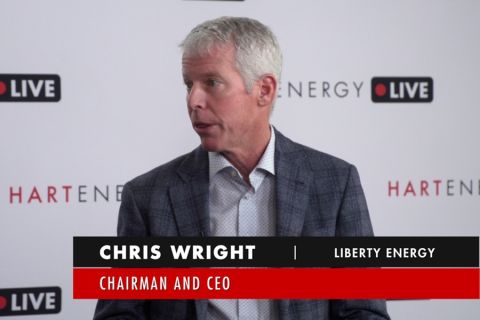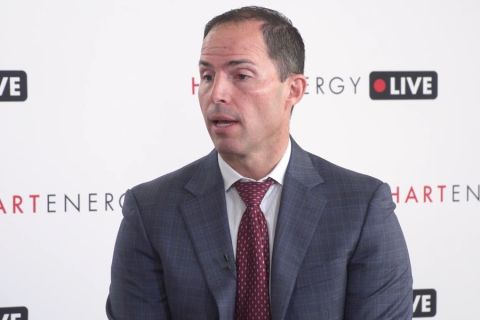Presented by:

This article appears in the E&P newsletter. Subscribe to the E&P newsletter here.
Supporting the ongoing energy transition
The energy transition is at the top of everyone’s agenda. The oil and gas industry must review its operations to support a reduction in carbon emissions while facilitating and undertaking greener, more efficient ways of hydrocarbon recovery.
With this backdrop in mind, Fishbones announced the results of an independent study by THREE60 Energy this year, which found that the Norwegian company’s stimulation technology can significantly reduce emissions compared to conventional practices. Fishbones aims for technologies to provide an alternative solution for well enhancement that is safer, greener and for certain wells and applications, more cost-effective.
THREE60 Energy is a leading independent energy service company that provides complete asset life cycle expertise to the offshore energy industry. The firm undertook the study, which found that CO₂ emissions for Fishbones’ activity was a fraction of that of traditional methods.
THREE60 Energy reported that compared to current market alternatives, there was an 88% reduction in emissions when stimulating the well with Fishbones Jetting technology and a 95% reduction when Fishbones Drilling is being utilized to stimulate the well. The findings showed that reduced rig time, decreased diesel consumption and the removal of the need for supply vessels all helped offer a greener solution.
By way of comparison, Fishbones Jetting generated 6.7 tonnes of CO₂ per completion compared to 53.3 generated by acid fracturing. They were also able to show a figure of 35.4 tonnes per completion for Fishbones Drilling compared to 651 tonnes for propped-fracturing techniques.
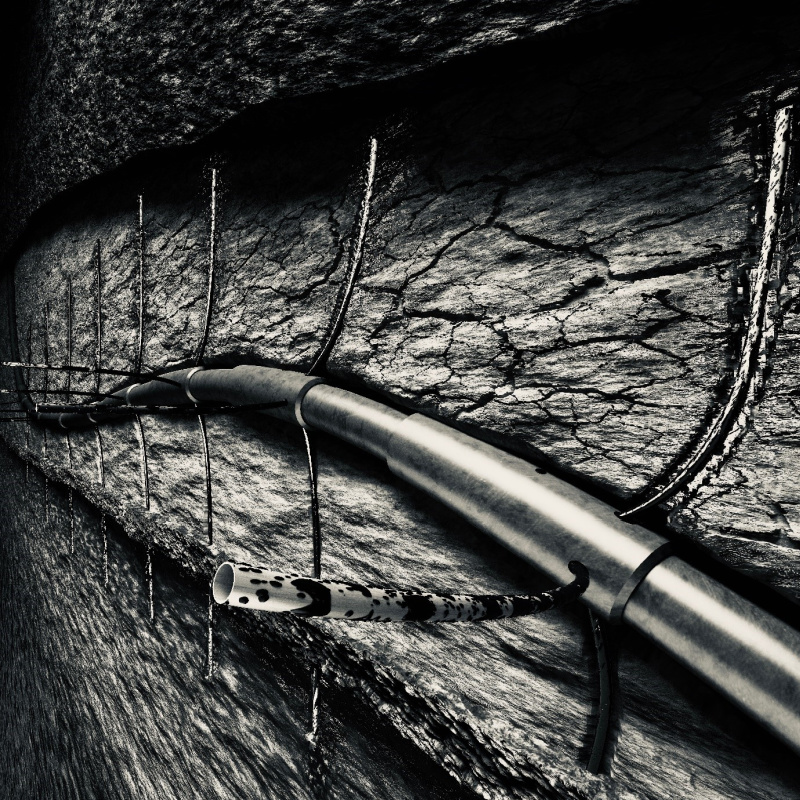
Drilling and jetting
Fishbones’ drilling operations strives to be quick and efficient, with activity being able to be completed in just a few hours. The solution sees the reservoir liner string run as normal, with Fishbones Drilling subs spaced out at even intervals along its length. Small diameter laterals equipped with turbines and drill bits then simultaneously drill to penetrate the reservoir, ensuring activity can be undertaken without costly delays. On average, the drilling penetrates 10.8 m, or 35 ft, of the surrounding reservoir.
Fishbones Jetting technology sees the use of acid stimulation solution that has been demonstrated to significantly increase production rates in horizonal, deviated or vertical open holes. By reducing the total well requirement for a reservoir, alongside its ability to increase recoverable hydrocarbons, the company believes that its technology is at the forefront of facilitating the future state of field development.
The Fishbones subs, which again are run as normal on the reservoir liner string, combine with the company’s Backbone open-hole anchors and activation shoe. These components mean that successful jetting systems can be installed and maintained while downhole. The system sees four 12-m-long diameter needles penetrate the surrounding geology, creating channels that can connect to what would otherwise be inaccessible hydrocarbon reserves.
Both tailor-made technologies deliver enhanced production rates and deep reservoir connectivity while supporting reductions in CO₂ emissions. For Fishbone, this technology holds significant potential to support operators in accessing complex wells and hard-to-reach reservoirs, with the least amount of environmental impact.
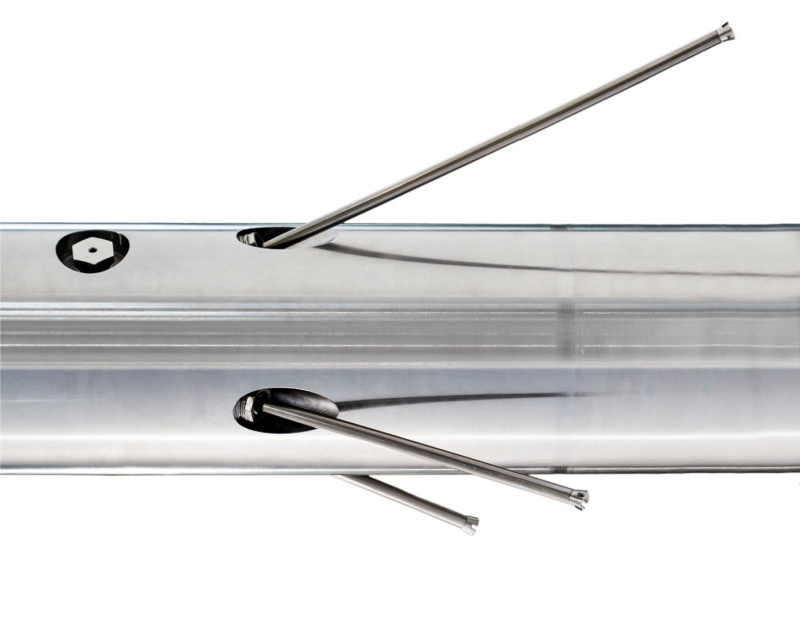
Edvard Grieg: a case study
Edvard Grieg is a field in the Utsira High area in the central North Sea, 35 km south of the Grane and Balder fields. The water depth is 110 m. Parts of the reservoir on Edvard Grieg consist of conglomerates, which is a hard and tight reservoir type.
In 2021 Fishbones and Lundin Energy Norway worked together on the completion of a new production well on the Edvard Grieg Field.
The Fishbones technology, which was used on the well, increased the effective drainage radius around the production wells by drilling several small holes out from the main well. This enabled the production of increased oil within the relatively tight reservoir rocks.
The wells A-17 and A16 were both completed with Fishbones stimulation technology. The ‘pinholes’ drilled out from the A-17 well on Edvard Grieg were around 9 m long and were drilled out in groups of three from Fishbones Drilling subs. A total of 53 Fishbones Drilling subs were installed, the most ever used in a single well.
Well A-17 achieved excellent production results, 10 times better productivity than Lundin’s original prognosis. Well A-16 is not yet in production.
Conclusion
Fishbones’ technology can support with hydrocarbon recovery in challenging wells, with reduced risk and environmental impact, as the industry continues to strive for a carbon neutral future.
Eirik Renli serves as CEO of Fishbones AS. He has more than 30 years of industry experience, having held various management positions with Baker Hughes. Most recently, he was the vice president for the Sub-Sahara Africa region before joining Fishbones.
Recommended Reading
Exclusive: Chevron New Energies' Bayou Bend Strengthens CCUS Growth
2024-02-21 - In this Hart Energy LIVE Exclusive interview, Chris Powers, Chevron New Energies' vice president of CCUS, gives an overview of the company's CCS/CCUS activity and talks about the potential and challenges of it onshore-offshore Bayou Bend project.
Exclusive: Tenaris’ Zanotti: Pipes are a ‘Matter of National Security’
2024-04-12 - COVID-19 showed the world that long supply chains are not reliable, and that if oil is a matter of U.S. national security, then in turn, so is pipe, said Luca Zanotti, U.S. president for steel pipe manufacturer Tenaris at CERAWeek by S&P Global.
Exclusive: As AI Evolves, Energy Evolving With It
2024-02-22 - In this Hart Energy LIVE Exclusive interview, Hart Energy's Jordan Blum asks 4cast's COO Andrew Muñoz about how AI is changing the energy industry—especially in the oilfield.
Exclusive: Liberty CEO Says World Needs to Get 'Energy Sober'
2024-04-02 - More money for the energy transition isn’t meaningfully moving how energy is being produced and fossile fuels will continue to dominate, Liberty Energy Chairman and CEO Christ Wright said.
Chesapeake, Awaiting FTC's OK, Plots Southwestern Integration
2024-04-01 - While the Federal Trade Commission reviews Chesapeake Energy's $7.4 billion deal for Southwestern Energy, the two companies are already aligning organizational design, work practices and processes and data infrastructure while waiting for federal approvals, COO Josh Viets told Hart Energy.

